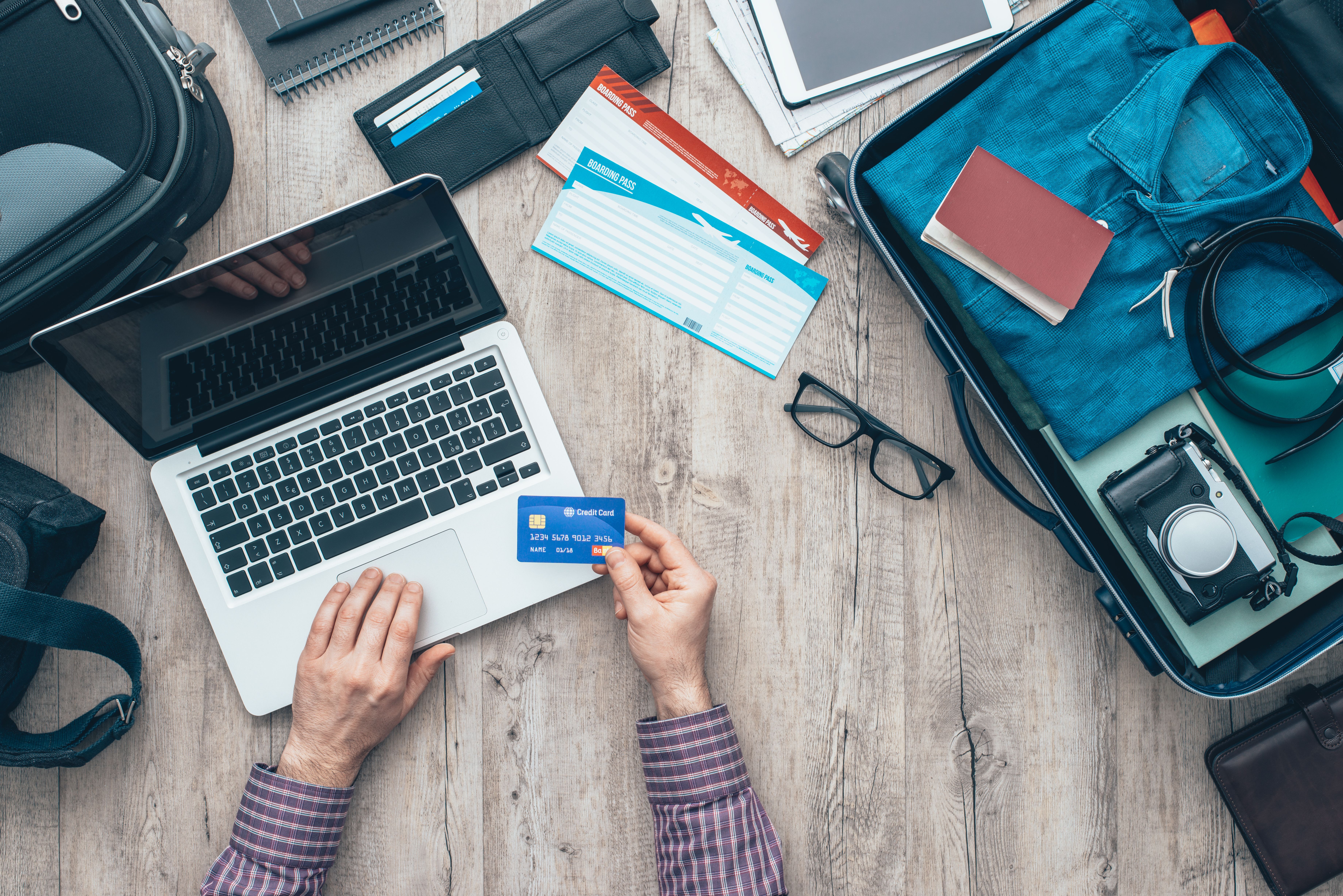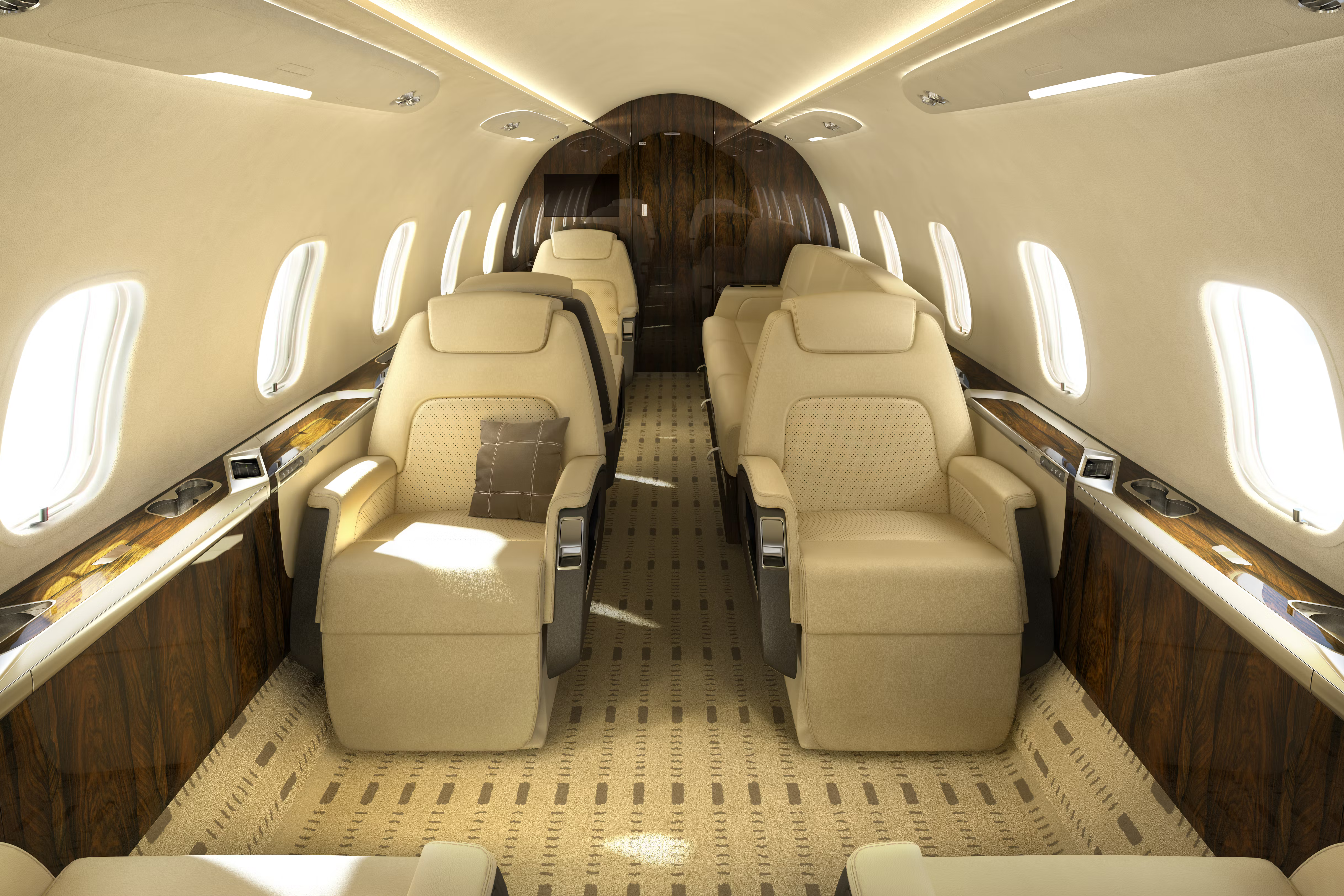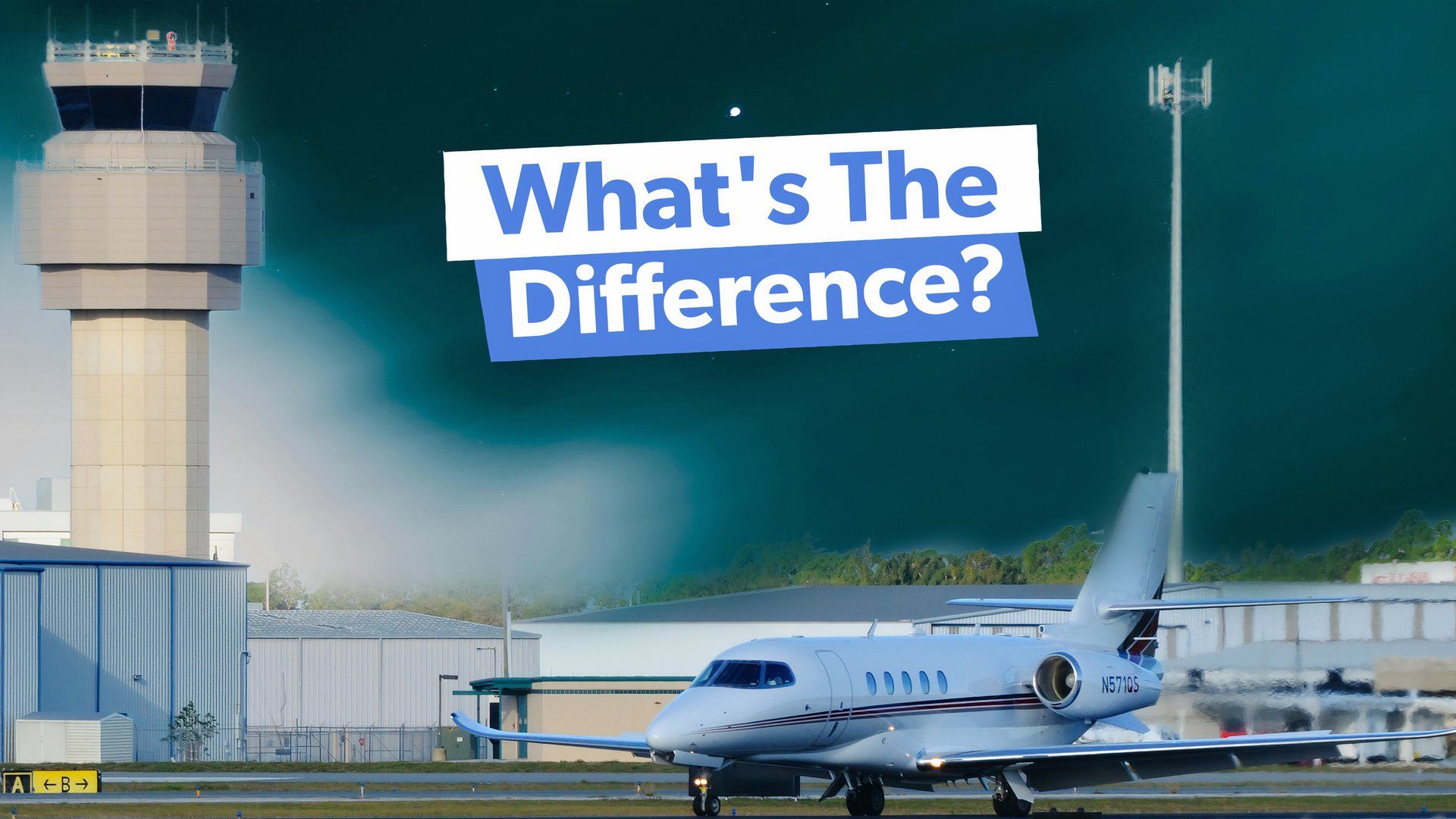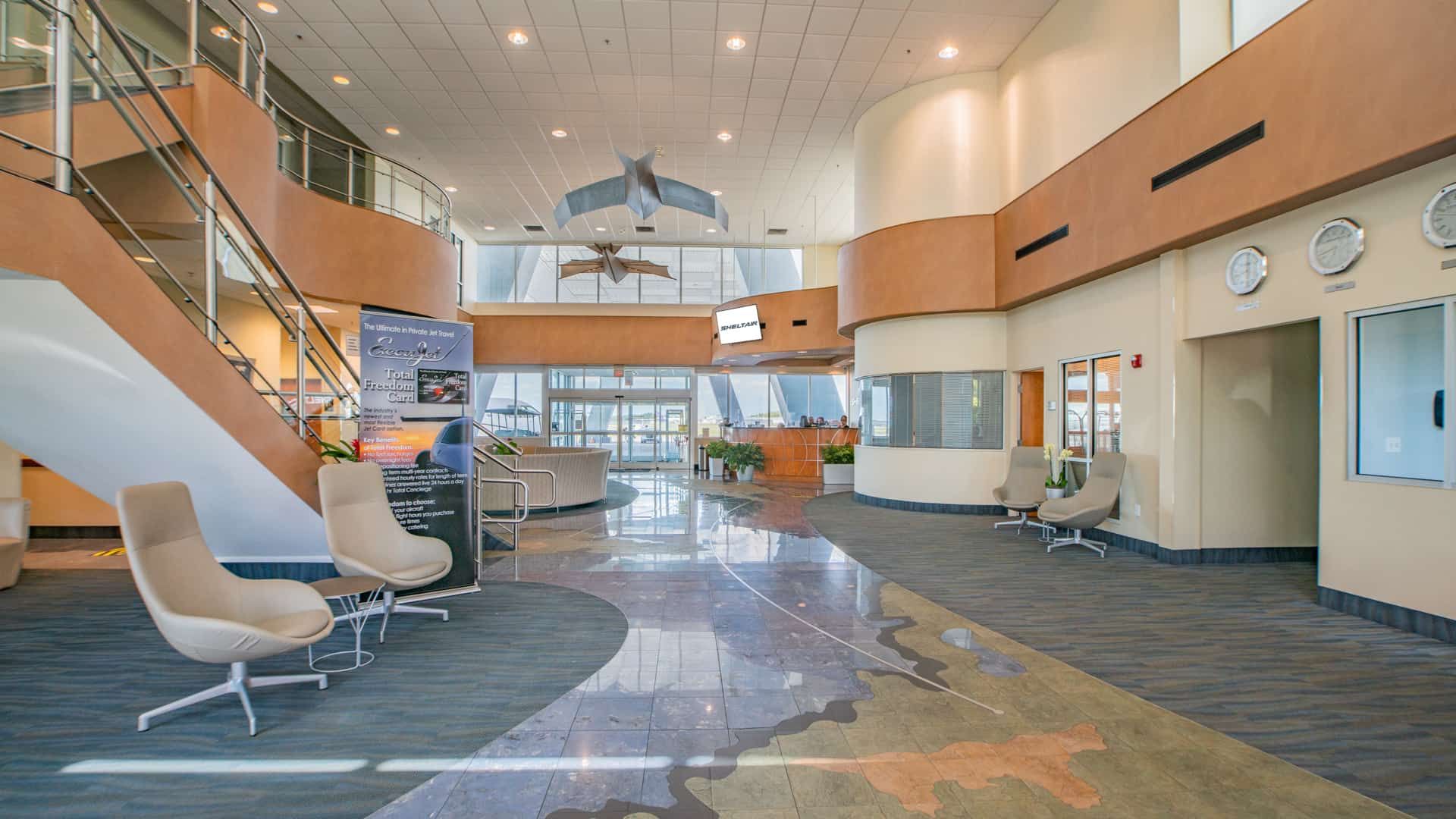Summary
- Commercial flights depart from large airports, while private flights can leave from smaller airports or FBOs, offering more flexibility.
- Commercial airports have strict security checkpoints and limited parking, while FBOs provide complimentary parking, quick check-ins, and luxurious waiting areas.
- Commercial airports are busier and have more restrictions, while FBOs cater to private travelers with more personalized and convenient services.
There are many ways to fly on an airplane, although the two most popular are flying commercially or flying privately. One of the biggest differences between these two options is where these aircraft will depart from. Let’s take a closer look at flying out of commercial airports vs. flying out of fixed base operators (FBOs).
Flying commercially
Most people fly commercially. This means that travelers will purchase a ticket on the flight they want to fly on. They will pack up and head to their local airport and either check their bag or head through Transportation Security Administration (TSA) security checkpoints.
After passing through the lines of other travelers, the person may finally get through the checkpoint and will then walk through the airport toward the gate that is listed on their boarding pass or ticket. The traveler will then have to wait until the flight that they booked is ready to board. The boarding process may be lengthy, but the aircraft is ready to depart when it is full.

Related
5 Top Air Travel Hacks From Industry Experts
These travel hacks are sure to save you some money on your next trip.
Other restrictions on flying commercially include the type of airport from which the passenger must depart. Airlines only operate from large airports, as many commercial airliners are too large to fly on just any runway. Therefore, airliners must operate from larger runways and, therefore, larger airports.
Commercial travelers are also restricted to the time of their departure. Airlines have to register their flights within each airport, which means travelers can only fly at certain times. Sometimes, the route is not readily available, meaning that travelers may need to connect through other airports to reach their intended destination.
Flying privately
However, travelers who have the ability to fly privately are granted the ultimate flexibility while traveling. These travelers can choose when they want to depart. Private jets do not have to schedule their flights in advance, and they have the ability to depart from the airport whenever they feel it is necessary.
Private jets can also depart from smaller airports. As private jets are smaller, they have the ability to take off from shorter runways and, therefore, smaller airports. These airports may be closer to their intended destination. Additionally, if the aircraft has sufficient range, the private jet can fly the exact route that the traveler intends to take. This gives travelers who fly privately the most flexibility when traveling.

Related
Getting A Flight On A Private Jet: The Ultimate Guide
There are a range of ways to embark on such a journey.
There are several significant differences between flying privately and flying commercially. One of these differences is the way travelers get onboard their aircraft. Commercial travelers begin their journeys at public airports, whereas private travelers may depart from their destination at fixed-base operators (FBOs) or private terminals. Let’s take a closer look at how travelers get on to their aircraft and the boarding process that takes place, as well as the differences between public airports and FBOs.
Commercial airports
As previously mentioned, public airports are used as the most common way to travel, flying commercially. These airports support commercial flights but will also allow general aviation flights. While the majority of commercial airports have a similar infrastructure, airports across the world are extremely different in terms of size and busyness.
The majority of commercial airports will have designated parking areas, but due to the number of travelers passing through, they may have increased traffic. There also may be a fee to park the closer you get to the airport.
Photo: DBSOCAL | Shutterstock
Check-in for commercial flights typically takes place up to 24 hours before departure. Depending on the airport’s busyness, the traveler must also arrive two to three hours before departure. Arriving early is generally required to pass through the TSA checkpoints. Travelers must also abide by all TSA rules, such as only bringing in containers of liquids of certain sizes.
Once the traveler passes through the security checkpoint, they are typically given access to a crowded waiting area. Much of the time, these waiting areas are full of other travelers, and travelers resort to standing. Some travelers will instead find a place to eat or drink, as commercial airports typically have several restaurants or other eating and drinking options.
The busiest commercial airports in the United States include:
- Hartsfield-Jackson International Airport (ATL) in Atlanta, GA
- Dallas-Fort Worth International Airport (DFW) in Texas
- Denver International Airport (DEN) in Colorado
- Chicago O’Hare International Airport (ORD) in Illinois
- Los Angeles International Airport (LAX) in California
Fixed base operators
Flying from FBOs is drastically different from flying out of public terminals. A traveler flying privately typically begins their trip by driving into and parking in a complimentary parking lot. Due to the lower volume of travelers, there is no shortage of open spots. Private flyers then make their way to the FBO and check in at the front desk. This is the extent of checking in, as their spot on the plane is already reserved.
Photo: Sheltair
The traveler also does not have to pass through a full-body scan or any traditional TSA checkpoint. They are granted access to their aircraft by just showing a valid ID. This means they do not have to arrive hours before their flight, as there is little to no waiting prior to boarding.
However, if the traveler happens to arrive early, they are typically granted access to luxurious waiting areas and lounges. These waiting areas also offer complimentary food and drinks. Other benefits may include courtesy vehicles, showers, and wi-fi access. Some of the most popular FBO locations include:
- Sheltair
- Galaxy FBO
- Banyan Air Service
- Pentastar Aviation
- Million Air
- Signature Aviation



